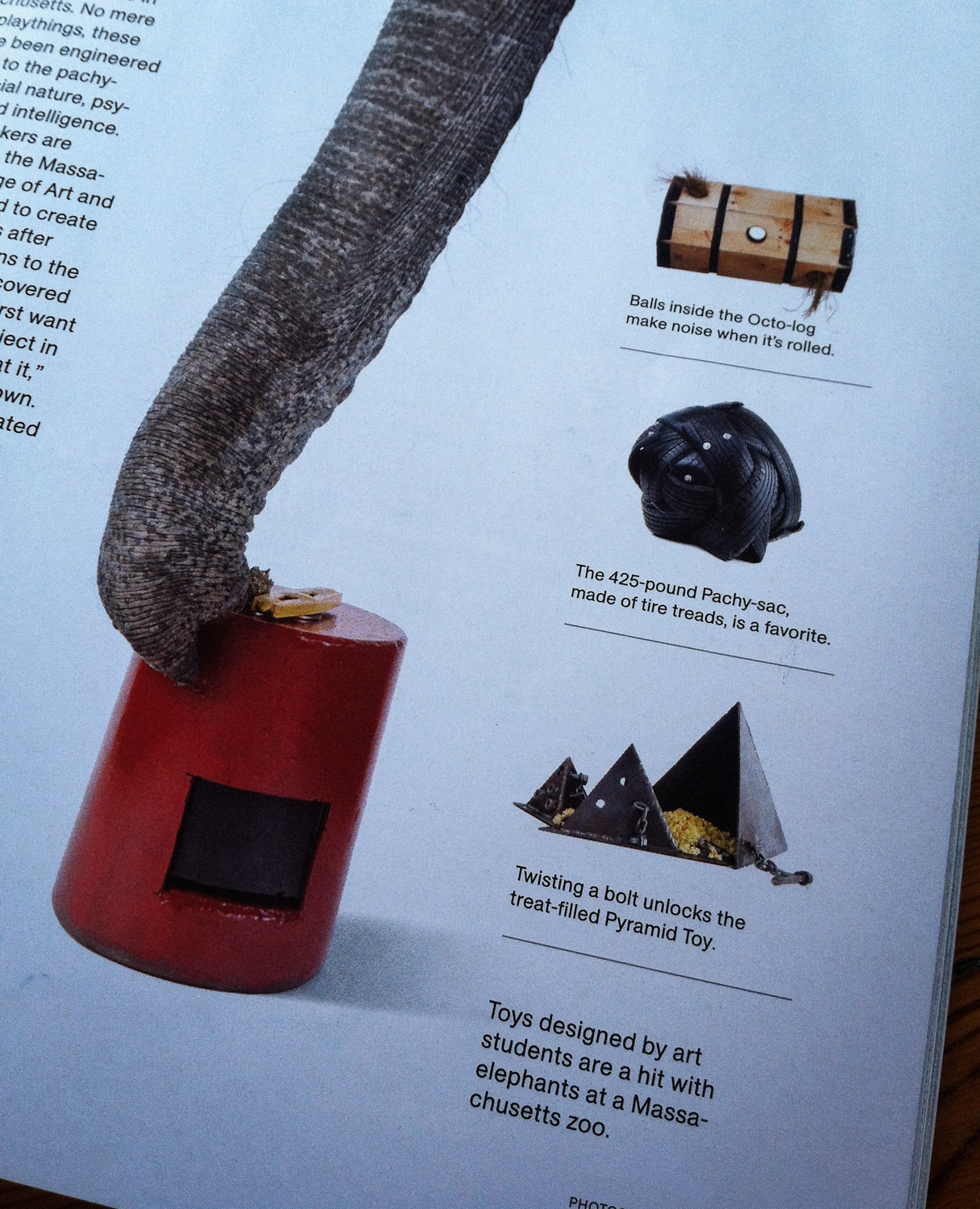Nature delights
In which I learn something new about jewel beetles and discover that some elephants have opinions about art

It's a gorgeous day. I was reading this morning, and around noon decided it was far too beautiful to skip a run in Centennial Olympic Park today. I love watching the tourists and locals, and am always surprised how much activity is brewing constantly in that park. Plus, once I've gone running, I don't feel guilty at all if I spend the rest of my day reading, watching movies, lounging, writing.
One one my list of morning reading materials is the October 2012 (current) issue of National Geographic, which is often a source for my learning things about this wide world that I would not think to look up or learn more about on my own, but which are incredibly fascinating and enriching to my perspective. I've said this many times before, but every time I ponder the idea of not renewing my subscription--because it's just a lot of money compared to other magazines these days--I pick up the newest issues and something indelibly reminds me that this is worth paying for. Yes, there is the internet and yes there are books, but the magazine's excellent coverage of science, nature, animals, ancient history, and archeology, not to mention cultural and sociological, and the combination of all these broad topics is absolutely second to nothing else that is published anywhere. That is not a light statement.
I don't read everything in every issue, as I am often asked. (Really, I am often asked this.) But I make myself read captions, some paragraphs, look at all the photos, and read all the smaller bits in each issue, as well as the full feature articles of anything that strikes my interest in that moment. Today, for example, I read a portion of the longer essay someone wrote about the artistic beauty of the veins within leaves, and their evolution to help each particular plant survive. Now, I have never once in my life pondered the science and beauty of leaf veins, but now I have newfound appreciation for these ubiquitous works of art that I see every single day.
In a very brief, five-sentence long mini report in the NEXT section at the beginning of each issue, I learned today about the Australian jewel beetle, whose male population is attracted to discarded brown beer bottles because they look so similar to their female counterparts. They see them as extremely arrousing, as they are so large they are known as "superstimuli" because the males see them as perfect opportunites for more eggs to fertilize. They get so worked up, they exhaust themselves and fry in the sun trying to fertilize the beer bottles. Or, if they stay near to the ground while working on the bottles, they become prey to ants. There, now you've learned something new just like me. So fascinating. Not to mention, hilarious.
A charming and delightful bit of science news: toymakers and students at the Massachusetts College of Art and Design visited two elephants in the Buttonwood Park Zoo in their state and then were tasked with creating toys to appeal to the elephants' intelligence and curiosity. One of these is a 425-pound "Pachy-sac," a giant ball made of tire treads; it was a favorite for the two elephants, Ruth and Emily. They also loved puzzle-like toys, canisters which contained food once the girl pachyderms could figure out how to open them. This is such an exciting medium for an artist: a unique audience to address and the art that is created is put to practical use. This is one of the things I love most about the art of quilts, and sewing on a larger scale, that when you're done, you have something so immediately, fundamentally useful, something that answers a basic human need: staying warm. So these art-as-elephant-toys struck me as immensely compelling creative challenges. And I never would have learned about it without my little yellow-framed friend.

